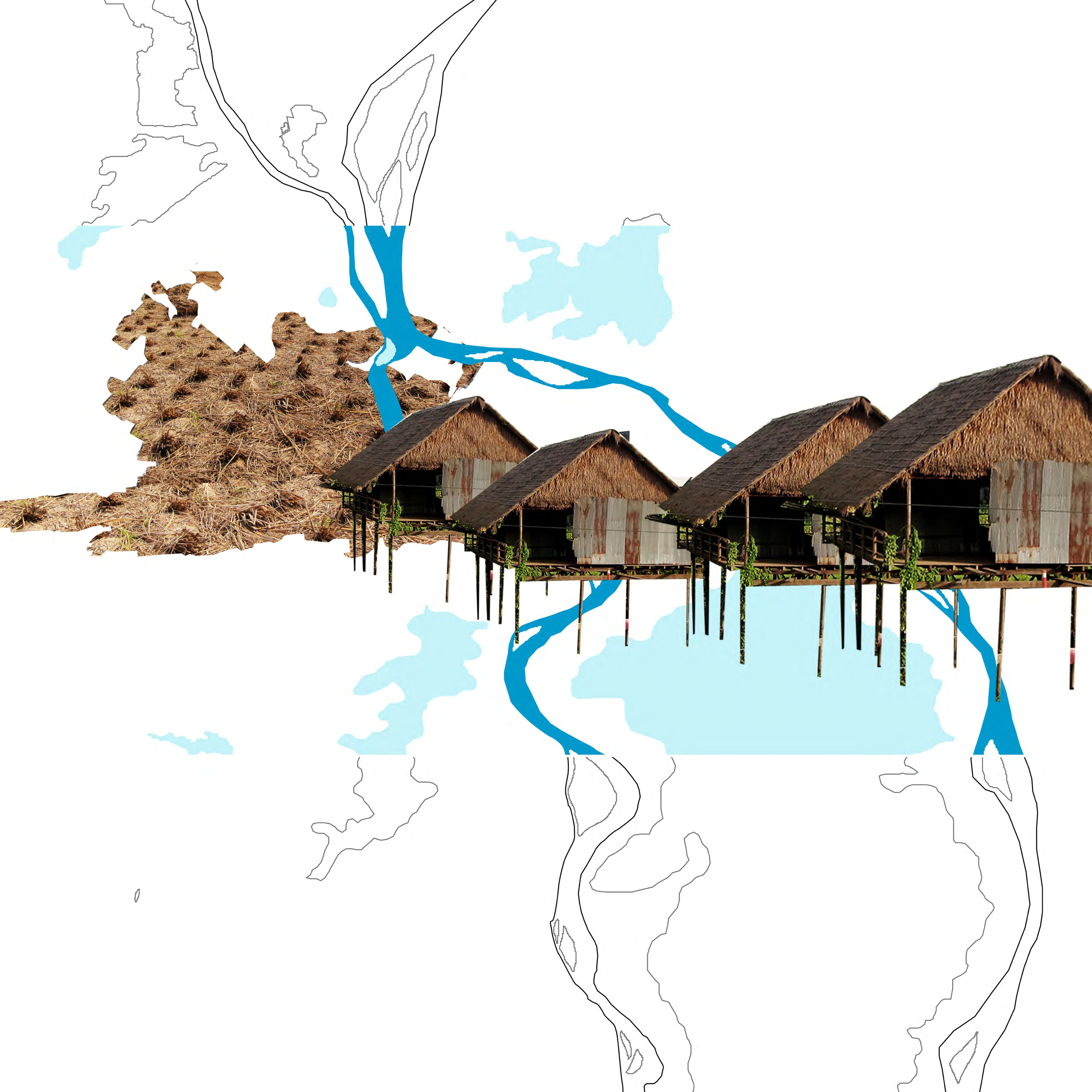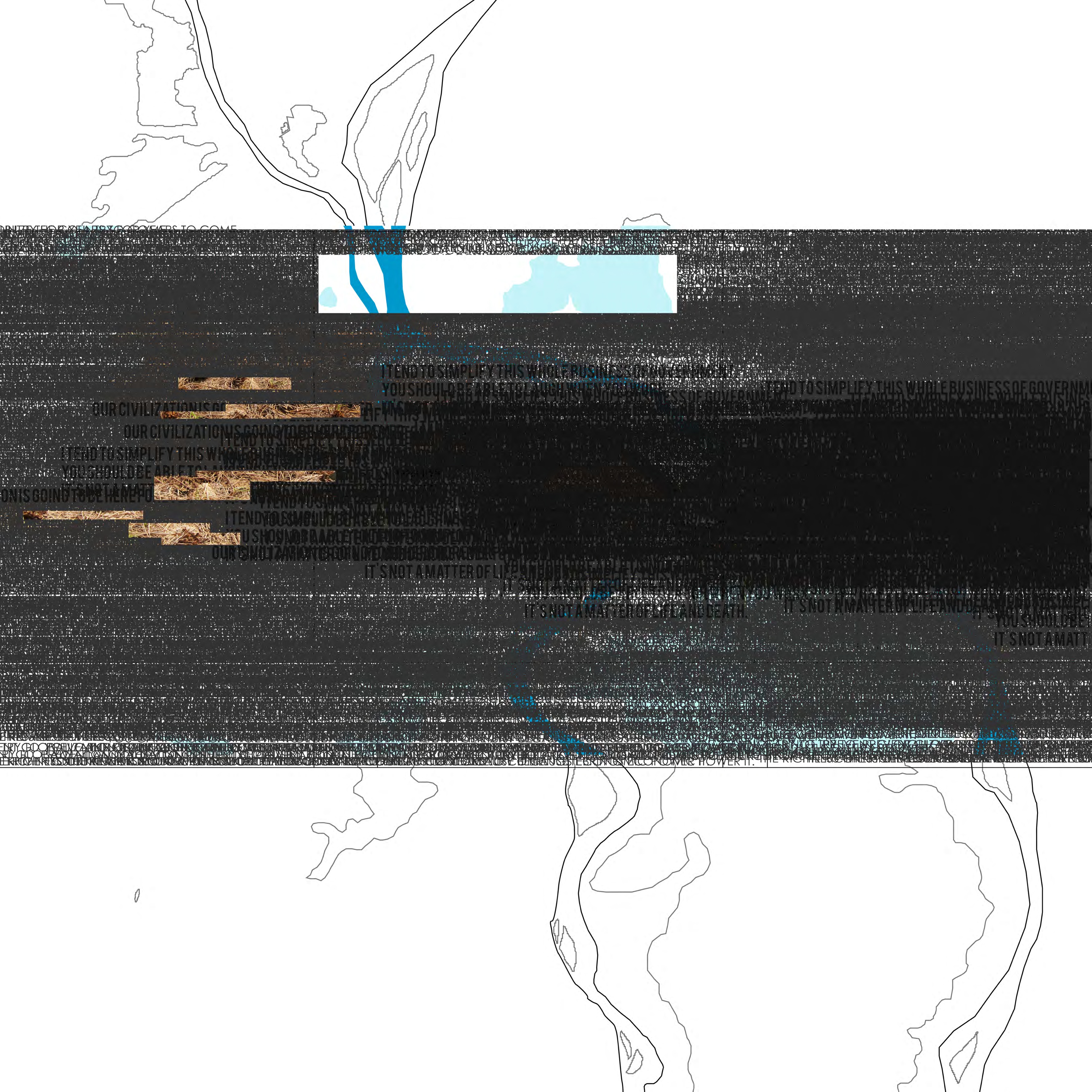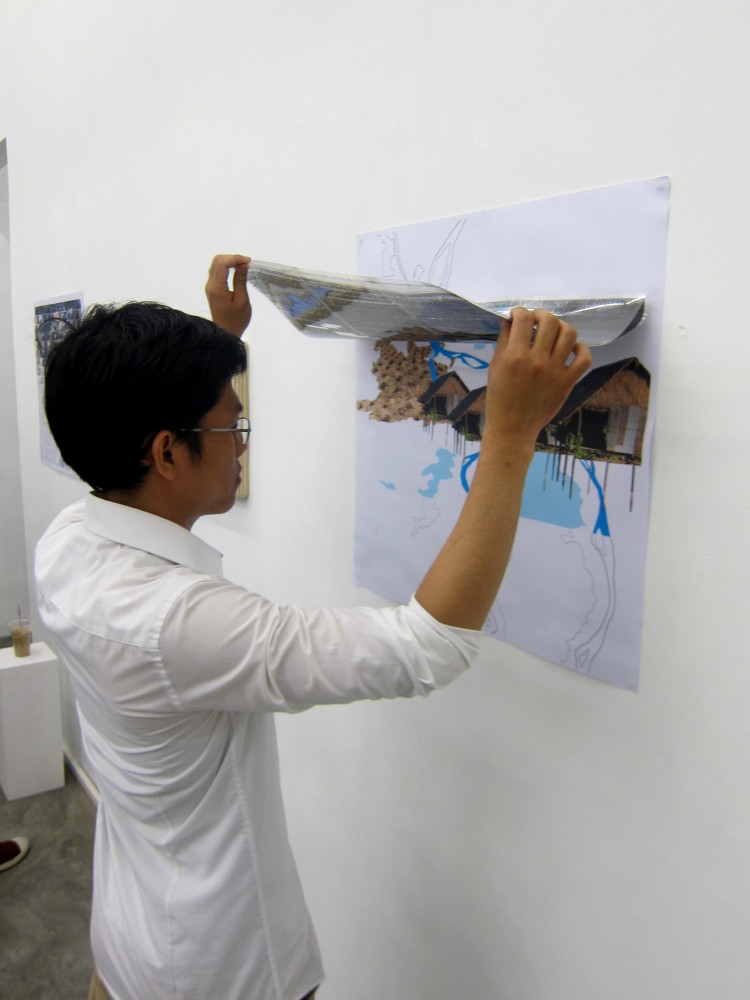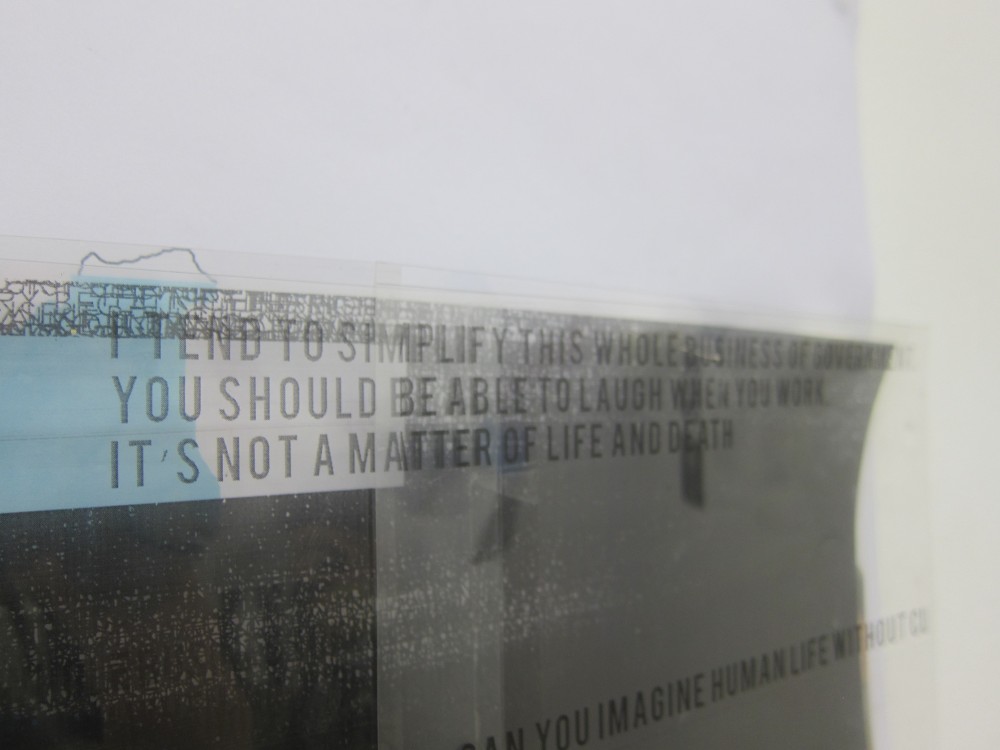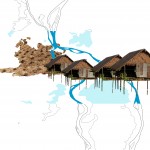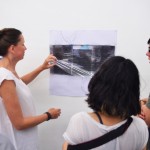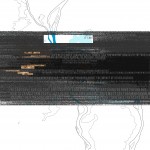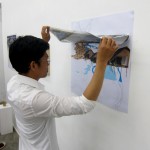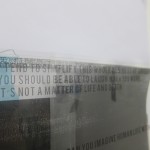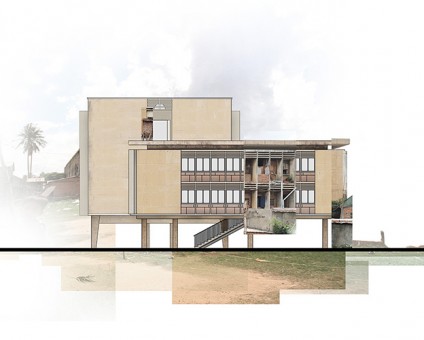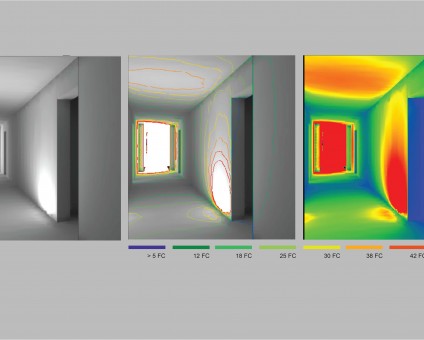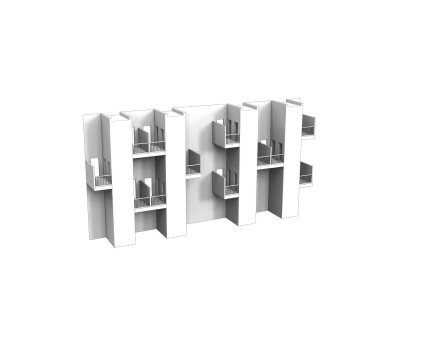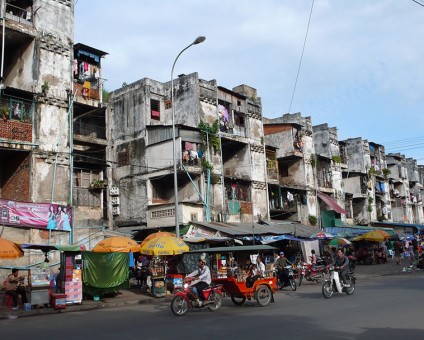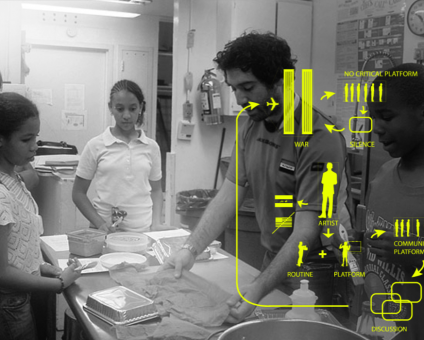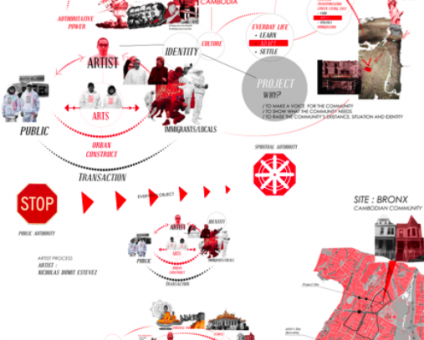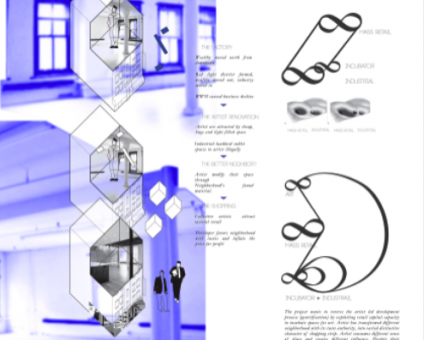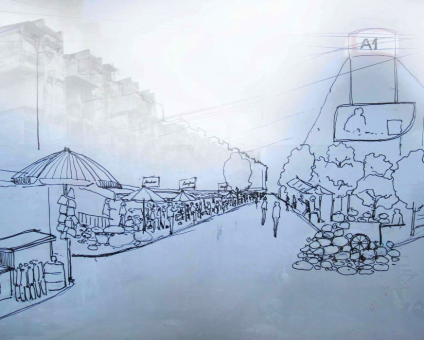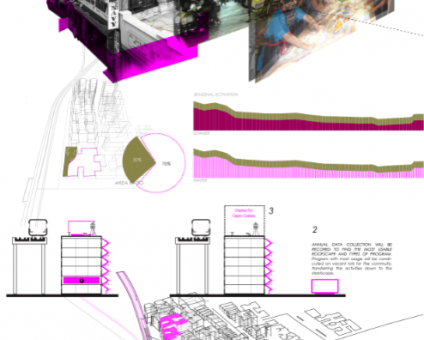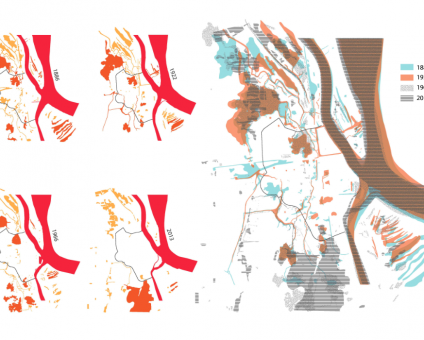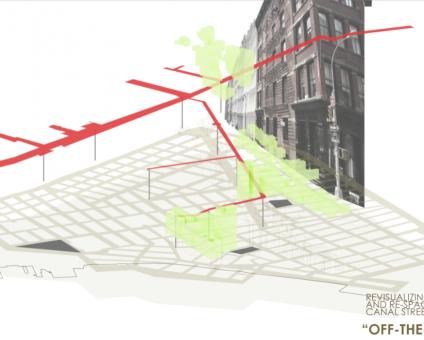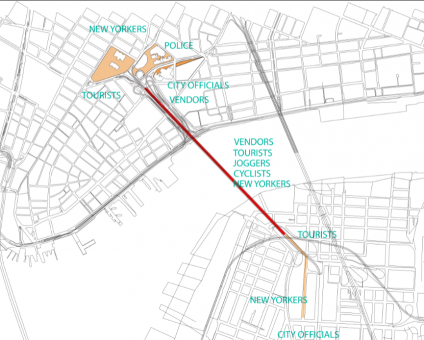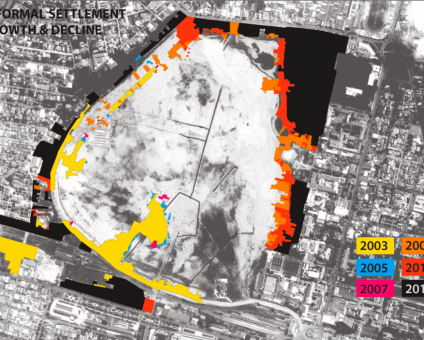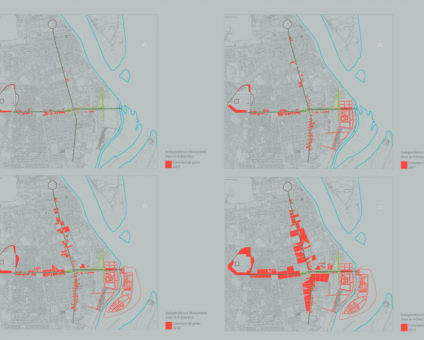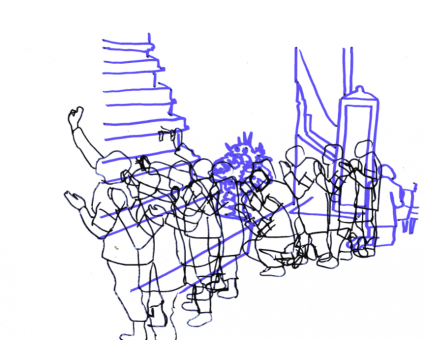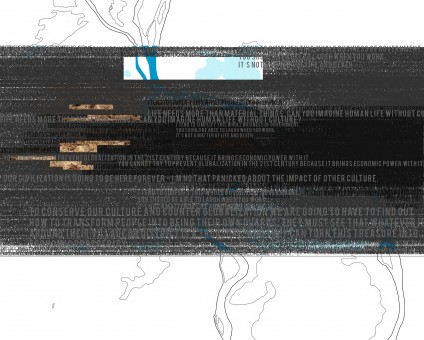Information

Group members: Pitchapa Jular, Marco Roel Rangel
:
We think of opacity as having a multi dimensional quality, which evokes the notionof layers that communicate a couple of things. Whereas each individual layer has itsown meaning when it stands on its own, it gains a new interpretation when beingviewed altogether, either in front of or behind, other layers. This layering qualityemerges in many contemporary works of art created by the Cambodian artists. Forexample Lim Sokchanlina, whose photographs capture the forgotten past and theinvisible future in the changing constructed environment of Phnom Penh; or inSamnang Khvay’s series of performances that enact geographical and ecologicalchange. This reflection piece combines a series of elements that we have identifiedas being part of the aforementioned multi-dimensional facet of opacity. The workattempts to convey the conflicting nature of the government and artists’ views onculture, the arts, and globalization. We incorporated iconic elements in Cambodianculture, along with the context of the Cambodian contemporary artists’ work andquotes retrieved from an interview with the Minister of Culture & Fine Arts in 2007.Socio political interference and the bureaucratic forces inevitably acting on anysociety often over power the voice of artists like a veil, disrupting and blurring whatis behind them.
